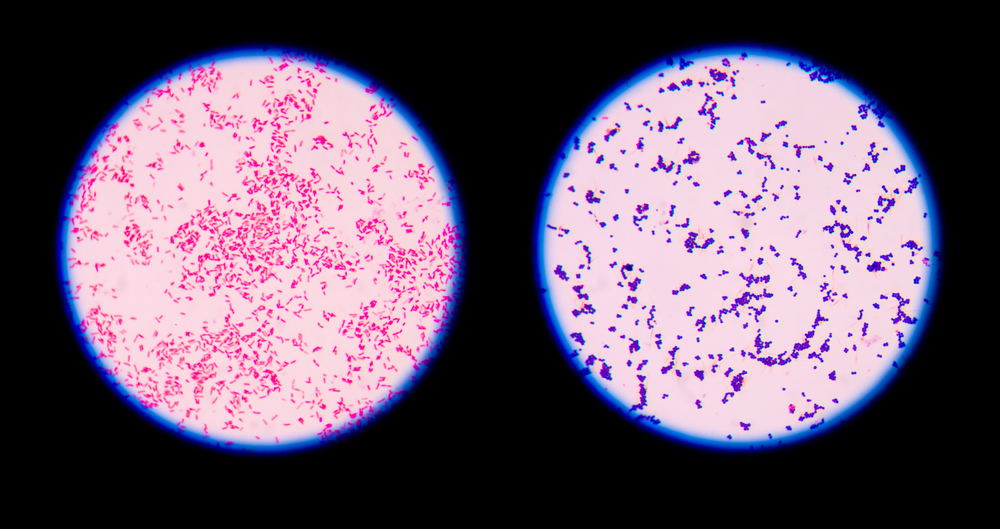CF Researchers See Nickel Derivatives as Way to Fight Bacterial Infections

New complexes of nickel (II) with imidazole derivatives were evaluated as potential treatment for P. aeruginosa biofilm eradication in cystic fibrosis. The study, titled “The effects of nickel(II) complexes with imidazole derivatives on pyocyanin and pyoverdine production by Pseudomonas aeruginosa strains isolated from cystic fibrosis” was published in the journal Acta Biochimica Polonica.
Cystic fibrosis (CF) is a genetic disease affecting various organs characterized by mutations in the cystic fibrosis transmembrane conductance regulator (CFTR) protein. CF patients are susceptible to lung infections due to abnormal mucus production in the lungs and airways, resulting in infective pulmonary exacerbations with opportunistic pathogens, such as Pseudomonas aeruginosa (P. aeruginosa). In cystic fibrosis patients, the mucoid form of P. aeruginosa is highly resistant to antibiotics and phagocyte-mediated killing by innate immune cells, inducing epithelial inflammation that ultimately causes tissue damage.
The bacterium P. aeruginosa produces a variety of pigments, such as pyocyanin and pyoverdine. Pyocyanin (1-hydroxy-5-methyl-phenazine) is a redox-active compound with the ability to accept and donate electrons. In the cytoplasm of host cells, this pigment has the ability to transfer electrons from reduced compounds, e.g. glutathione, leading to a decrease in antioxidants and increased levels of strong oxidizing compounds, like reactive oxygen species (ROS) and superoxide anions. Pyocyanin is able to damage the cilia of respiratory epithelium, increase IL-8 secretion by epithelial cells, induce apoptosis, and inhibit T-cell proliferation. Pyoverdine, functioning as a siderophore, binds and transports iron ions into bacterial cells. Moreover, pyoverdine plays a key role in biofilm formation despite of the presence of iron.
The elimination of bacterial biofilms formed in mucus is essential, because the distribution of conventional antibiotics in biofilm/mucus structure is weak and may contribute to drug resistance. It has been suggested that diffusion parameters besides the antibacterial nature of new drugs should also be considered in the eradication of biofilm-form bacteria. Transition metal complexes with derivatives of imidazole might be considered the next new antibacterial agents. The antibacterial properties of transition metals depend on the physical and chemical properties of such molecules, which may be transported through the cell membranes by diffusion, via calcium and iron channels (in interaction with pyoverdine as a siderophore) and by phagocytosis. Importantly, metal complexes with imidazole, in contrast to metal ions alone, should better diffuse in biofilm due to the neutral charge of metal complexes, thus reducing their interaction with biofilm matrix components, like nucleic acids or proteins; reducing the redox potential in the environment of free radical reactions (chronic bacterial infections); and protecting against formation of complexes with chloride ions, an important feature in cystic fibrosis.
The research team evaluated the effects of new synthesized complexes of nickel (II) with imidazole derivatives, ([Ni(iaa)2(H2O)2]. H2O (iaa = imidazole- 4-acetate anion), [Ni(1-allim)6](NO3)2 (1-allim = 1-allylimidazole) and NiCl2, as well as ligands alone in the production of pyocyanin and pyoverdine by 23 strains of P. aeruginosa isolated from CF at non-cytotoxic concentrations against A549 cells, i.e. a human lung adenocarcinoma epithelial cell line. Moreover, they determined the diffusion parameters of tested substances through P. aeruginosa PAO1 biofilm, used as a model of Pseudomonas sp., by laser interferometry and confocal microscopy. The physical parameters of PAO1 biofilm were determined by atomic force microscopy.
Researchers did not observe a decrease of pyocyanin production by P. aeruginosa strains in the presence of all tested compounds. The complexes of nickel (II) with imidazole decreased the production of pyoverdine in approximately 40% of the tested P. aeruginosa strains. They found that the diffusion properties of imidazole-4-acetate anion and 1-allylimidazole through mature PAO1 biofilm were good, with the value of imidazole-4-acetate anion, 2.1×10–11 m2/s, being two times higher than 1-allylimidazole, 1.1×10–11 m2/s. The imidazole derivatives have similar diffusion properties as ciprofloxacin, an antibiotic used in the treatment of Pseudomonas infection in cystic fibrosis patients with diffusion value of 1.75×10–11 m2/s. Thus it seems that all analyzed compounds may diffuse into the biofilm matrix at the same level.
In conclusion, the authors stated that the tested nickel (II) complexes do not have clinical implications in P. aeruginosa eradication in cystic fibrosis. Moreover, the diffusion properties of 1-allylimidazole and imidazole-4-acetate and their lack of effect on A549 cells suggest that they might be considered for chemical synthesis with other transition metals.







